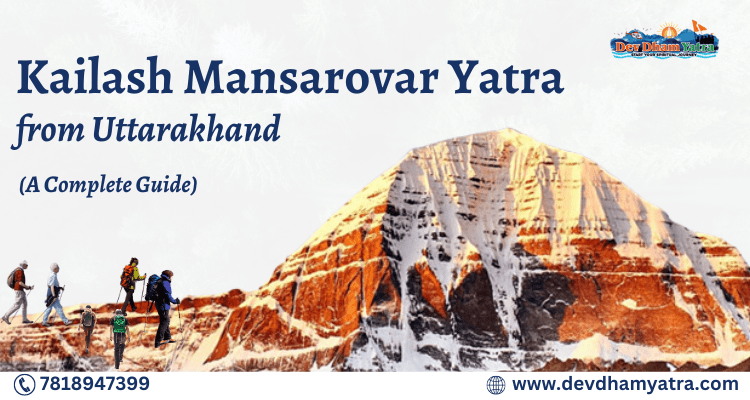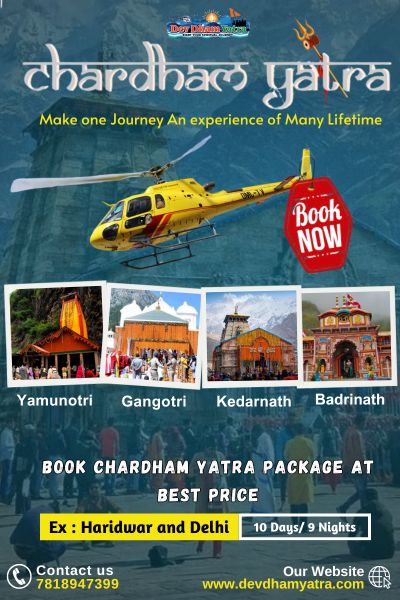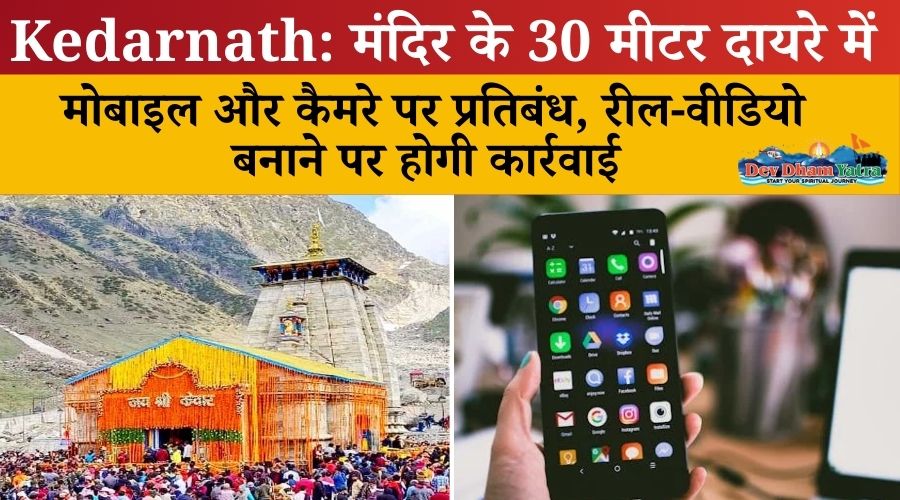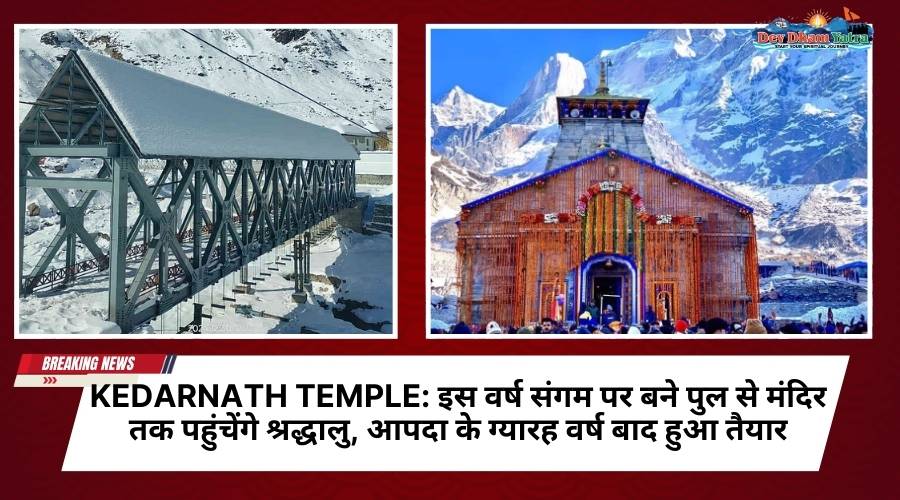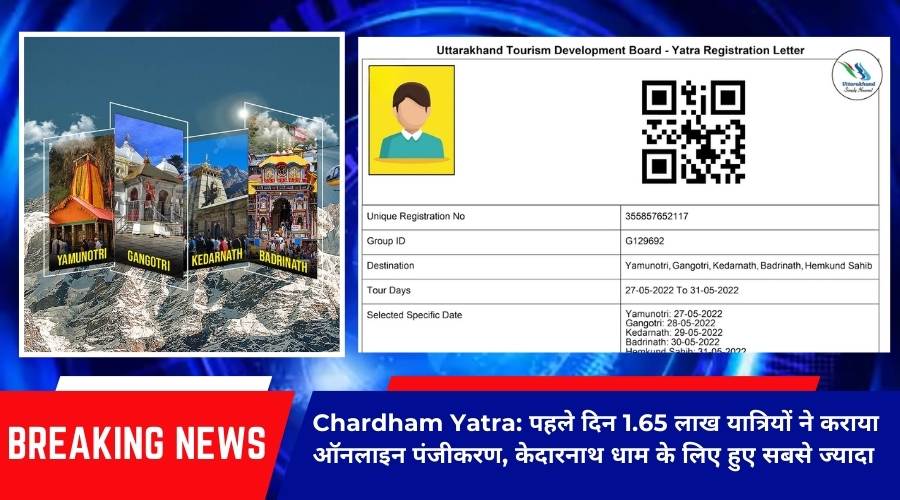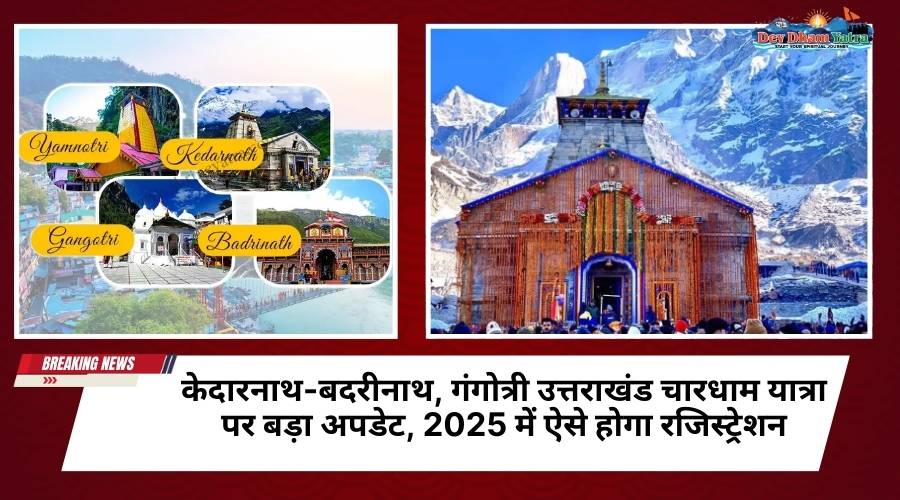The Kailash Mansarovar Yatra is a pilgrimage to Mount Kailash and Lake Mansarovar in Tibet, China. It holds significant religious and spiritual importance for Hindus, Buddhists, Jains, and followers of the ancient Bon religion. Here are some key points about the Kailash Mansarovar Yatra:
Mount Kailash: Located in the Kailash Range of the Himalayas in Tibet, Mount Kailash is considered sacred by Hindus, Buddhists, Jains, and Bon followers. It is believed to be the abode of Lord Shiva in Hinduism and is revered as a holy site of great spiritual energy.
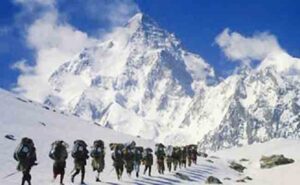
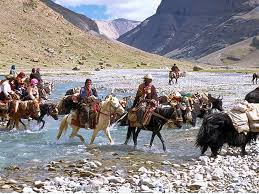
Lake Mansarovar: Situated at the foot of Mount Kailash, Lake Mansarovar is considered one of the most sacred lakes in Hinduism and Buddhism. It is believed to be the spiritual source of four of Asia’s major rivers: the Brahmaputra, Sutlej, Indus, and Karnali.
Religious Significance: For Hindus, the yatra is a way to attain spiritual purification and seek blessings from Lord Shiva. Buddhists believe that circumambulating Mount Kailash brings about enlightenment and liberation. Jains consider it the site where their first Tirthankara, Rishabhdev, attained nirvana. The Bon religion considers Mount Kailash as the soul of their founder, Tonpa Shenrab.
Trekking and Circumambulation: The yatra involves trekking and circumambulating Mount Kailash. The trek is approximately 52 kilometers long and is done on foot. Pilgrims perform the “parikrama” by walking around Mount Kailash in a clockwise direction, which is considered auspicious.
Duration and Difficulty: The duration of the yatra varies, but it usually takes around 24-25 days to complete. The trek is challenging due to the high altitude, rough terrain, and unpredictable weather conditions. It requires physical fitness and acclimatization to the high altitude.
Government Regulations: Since the Kailash Mansarovar Yatra involves traveling to a restricted region in Tibet, it is subject to various government regulations. Pilgrims need to obtain necessary permits from both the Indian and Chinese authorities. The yatra is often organized by government agencies or approved tour operators.
Cultural Experience: The yatra offers an opportunity to experience the rich cultural heritage of Tibet and interact with local communities. Pilgrims can witness Tibetan Buddhist monasteries, prayer flags, and other cultural aspects along the journey.
It’s important to note that the situation regarding the Kailash Mansarovar Yatra can change, and it’s always recommended to check the latest updates and guidelines from the relevant authorities before planning or undertaking the pilgrimage.
Itinerary for Kailash Mansarovar Yatra from Uttarakhand:
The Kailash Mansarovar Yatra from Uttarakhand typically follows a route known as the Lipulekh Pass route. This route was reopened in 2020 after being closed for several years. The yatra is around 24-25 days long and the cost per individual is estimated at Rs. 1.8 lakh.
Here is a sample itinerary for the Kailash Mansarovar Yatra from Uttarakhand:
Day 1: Arrival in Delhi
Day 2: Passport and Visa fees collection and Medical tests at Delhi
Day 3: Medical at ITBP base hospital
Day 4: MEA briefing, Chinese Visa, Foreign Exchange, KMVN collection
Day 5: New Delhi to Almora (via Ghaziabad, Kathgodam by Bus)
Day 6: Almora to Dharchula (via Sheraghat by bus)
Day 7: Dharchula to Budhi (via jeep)
Day 8: Budhi to Gunji (via trek)
Day 9: Gunji to Nabi (via trek, acclimatization, and medical checks)
Day 10: Nabi to Gunji (via trek, medical checks, if required)
Day 11: Gunji to Kalapani (by trekking)
Day 12: Kalapani to Navidhang (by trekking)
Day 13: Navidhang to Taklakot (by trekking and by bus via a Lipulekh Pass)
Day 14: Taklakot (stay)
Day 15: Taklakot to Darchen (by bus via Manas, Rakshas Tal)
Day 16: Darchen to Deraphuk (by bus and trekking- Kailash Parikrama via Yam Dwar)
Day 17: Deraphuk to Zunzhui Pu (by trekking- Kailash Parikrama via Dolma)
Day 18: Zunzhui Pu to Qugu (by trekking and by bus – Completed Parikrama via Darchen, Hore)
Day 19: Qugu (stay)
Day 20: Qugu to Taklakot (by bus via Zorawar Singh’s Shrine)
Day 21: Takalakot to Gunji (by bus via Lipupas Navidhang, Kalapani)
Day 22: Gunji to Budhi (by trekking via Garbyang)
Day 23: Budhi to Dharchula (by trekking and by jeep via Najang Mangt)
Day 24: Dharchula to Jageshwar (by bus via Pithoragarh)
Day 25: Jageshwar to New Delhi (by bus via Almora, Kherna, and Kathgodam)
The Kailash Mansarovar Yatra begins from the base point of New Delhi. All the Yatris, gather from various places and report daily for documentation and briefing. Yatris are required to report to the designated Yatra Office in New Delhi. This office serves as the central coordination point for the pilgrimage. Upon reporting, yatris undergo the necessary documentation process. They are required to provide identification documents, passport details, medical certificates, and other relevant information.
Yatris attend daily briefing sessions organized by the Yatra Office. These sessions provide important information about the yatra, including the route, safety guidelines, health precautions, and cultural sensitivities.
Note: Yatri’s can reach New Delhi by air or by train from any place. From New Delhi, the above-given itinerary is followed.
Travel Tips:
Here are some travel tips to help you prepare for the Kailash Mansarovar Yatra:
- Physical Fitness: The yatra involves trekking at high altitudes and can be physically demanding. It’s crucial to prepare yourself physically by engaging in regular exercise, including cardio workouts and strength training. Consult with a healthcare professional before starting any fitness regimen.
- Altitude Sickness: The Kailash Mansarovar region is at a high altitude, and altitude sickness can affect anyone. It’s essential to acclimatize properly by taking rest days during the journey, staying hydrated, avoiding alcohol and tobacco, and following the instructions of your tour operator or guide.
- Packing Essentials: Pack essential items such as warm clothing (including thermal layers, gloves, and a hat), sturdy and comfortable footwear, a waterproof jacket, sunscreen, sunglasses, a hat, a first-aid kit, personal medications, a water bottle, and a backpack. It’s also advisable to carry a portable oxygen cylinder and a Diamox tablet (after consulting with a doctor) for emergency situations.
- Travel Insurance: Obtain comprehensive travel insurance that covers medical emergencies, evacuation, trip cancellation, and loss of personal belongings. Check with your insurance provider regarding coverage in high-altitude regions and activities like trekking.
- Photography and Communication: Carry extra batteries, memory cards, and chargers for your camera or mobile phone. Due to limited connectivity, it’s advisable to inform your family and friends in advance about the lack of regular communication during the yatra.
- Hygiene and Drinking Water: Maintain good personal hygiene throughout the yatra. Use hand sanitizers or carry wet wipes for hand hygiene. Drink only boiled or purified water to avoid any waterborne illnesses.
- Follow Safety Guidelines: Follow the instructions of your tour operator, guides, and authorities at all times. Stay with your group and avoid venturing off on your own. Be aware of the terrain, weather conditions, and potential risks. It’s always better to prioritize safety over personal objectives.
- Cultural Sensitivity: Show respect and sensitivity towards the local culture and traditions. Seek permission before taking photographs of individuals or religious sites. Dispose of waste responsibly and maintain cleanliness.
Prepare yourself physically and mentally, respect the environment and local customs, and embrace the spiritual essence of the yatra.
FAQs:
Q1: How can I apply for the Kailash Mansarovar Yatra from Uttarakhand?
A: To apply for the Kailash Mansarovar Yatra from Uttarakhand, you need to visit the official website of the Ministry of External Affairs, Government of India. The website provides detailed information about the application process, eligibility criteria, and important dates.
Q2: What are the eligibility criteria for the Kailash Mansarovar Yatra from Uttarakhand?
A: The eligibility criteria for the Kailash Mansarovar Yatra from Uttarakhand may vary each year. Generally, applicants should be Indian citizens with valid passport, be physically and mentally fit, and fall within the specified age limits set by the authorities.
Q3: What is the best time to undertake the Kailash Mansarovar Yatra from Uttarakhand?
A: The Kailash Mansarovar Yatra from Uttarakhand is usually organized during the months of May to September, as this period offers more favorable weather conditions for the pilgrimage. However, specific dates and durations may vary each year.
Q4: How long does the Kailash Mansarovar Yatra from Uttarakhand take?
A5: The duration of the Kailash Mansarovar Yatra from Uttarakhand varies depending on the route chosen and the specific itinerary. On average, it takes around 20 to 25 days, including travel and acclimatization periods.
Q5: Is the Kailash Mansarovar Yatra physically challenging?
A: Yes, the Kailash Mansarovar Yatra is physically challenging as it involves trekking at high altitudes in rugged terrain. It requires good physical fitness, endurance, and prior acclimatization to minimize the risks associated with altitude sickness.
Q6: Are there any age restrictions for the Kailash Mansarovar Yatra from Uttarakhand?
A: Yes, there are age restrictions for the Kailash Mansarovar Yatra. The specific age limits may vary each year, but generally, the minimum age is around 18 years, and the maximum age is around 70 years. These limits are set to ensure the safety and well-being of the pilgrims.
Q7: Are there any medical requirements for the Kailash Mansarovar Yatra from Uttarakhand?
A: Yes, applicants for the Kailash Mansarovar Yatra need to undergo a medical examination to ensure their fitness for the journey. They may be required to provide medical certificates, undergo specific medical tests, and follow any recommended vaccinations or medications.

